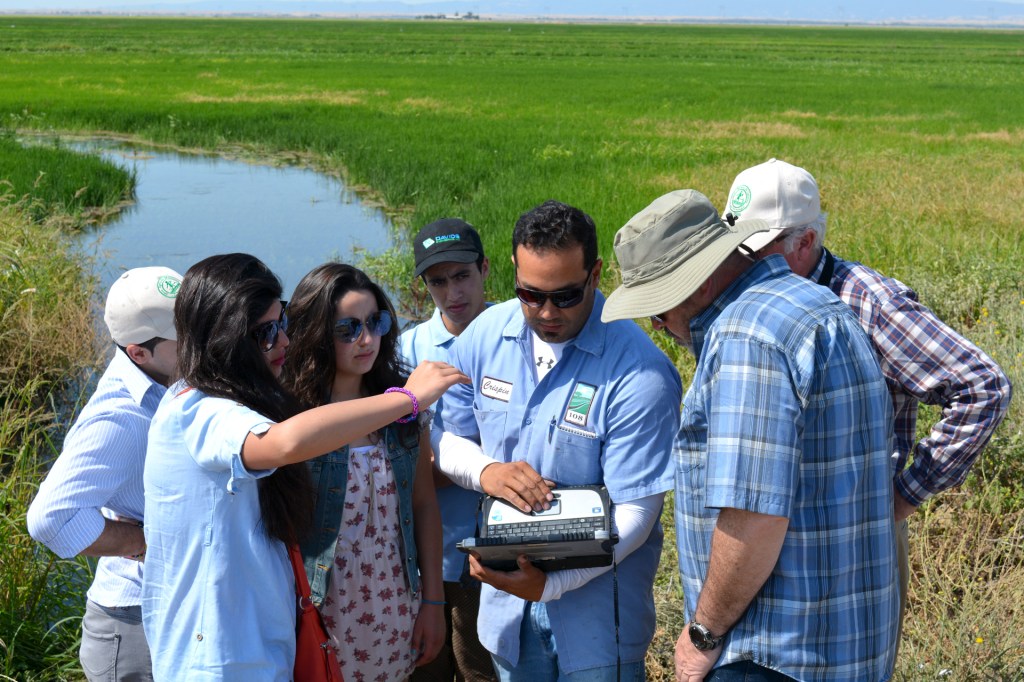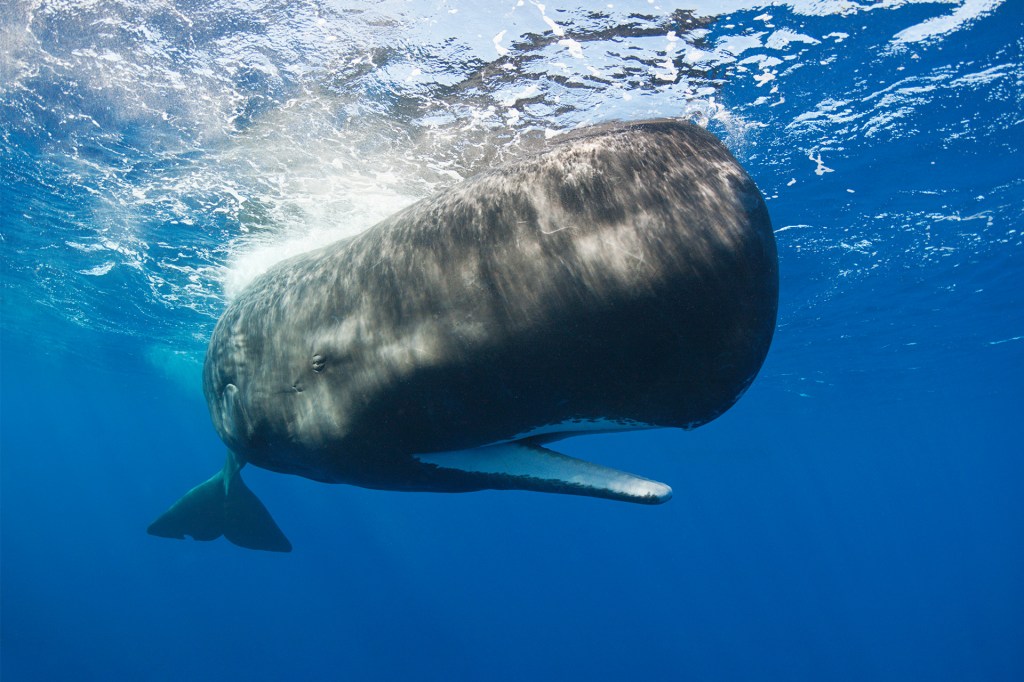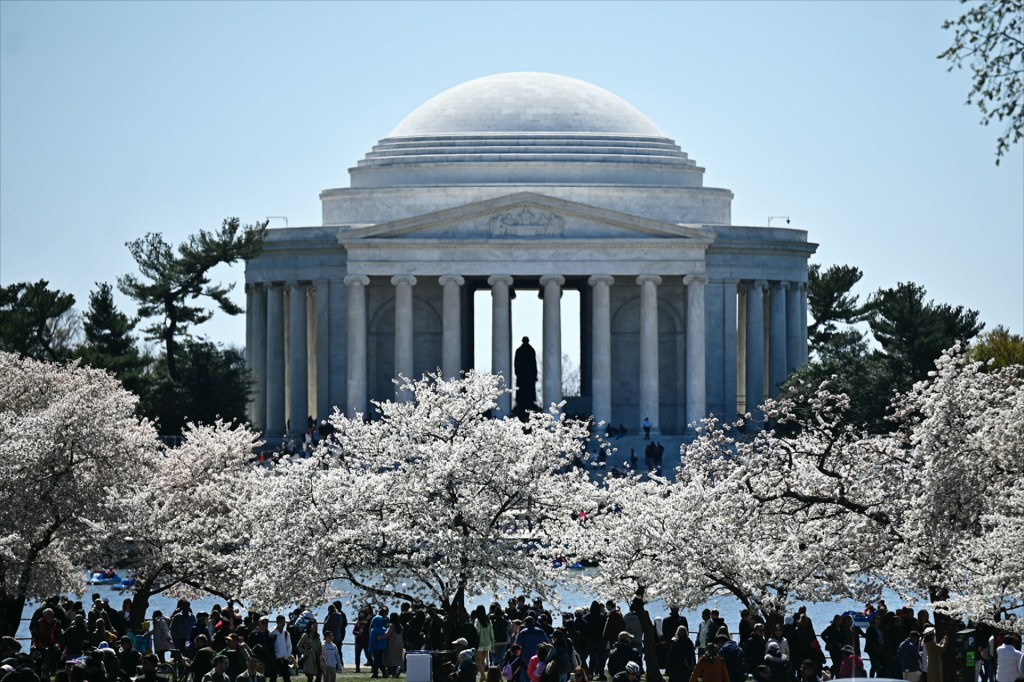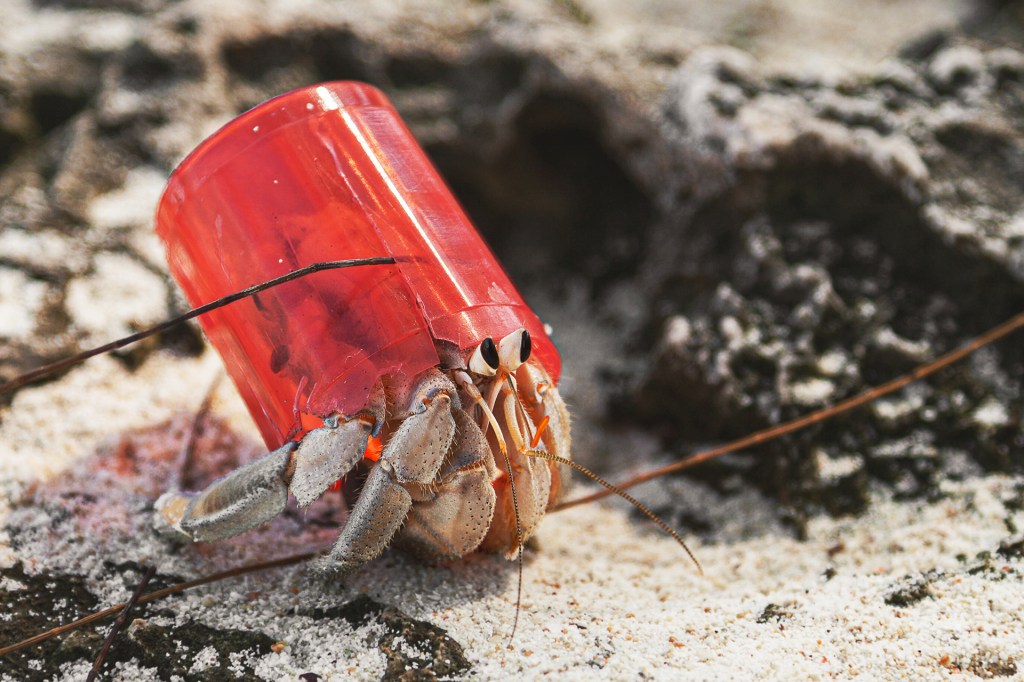Shark Sighting
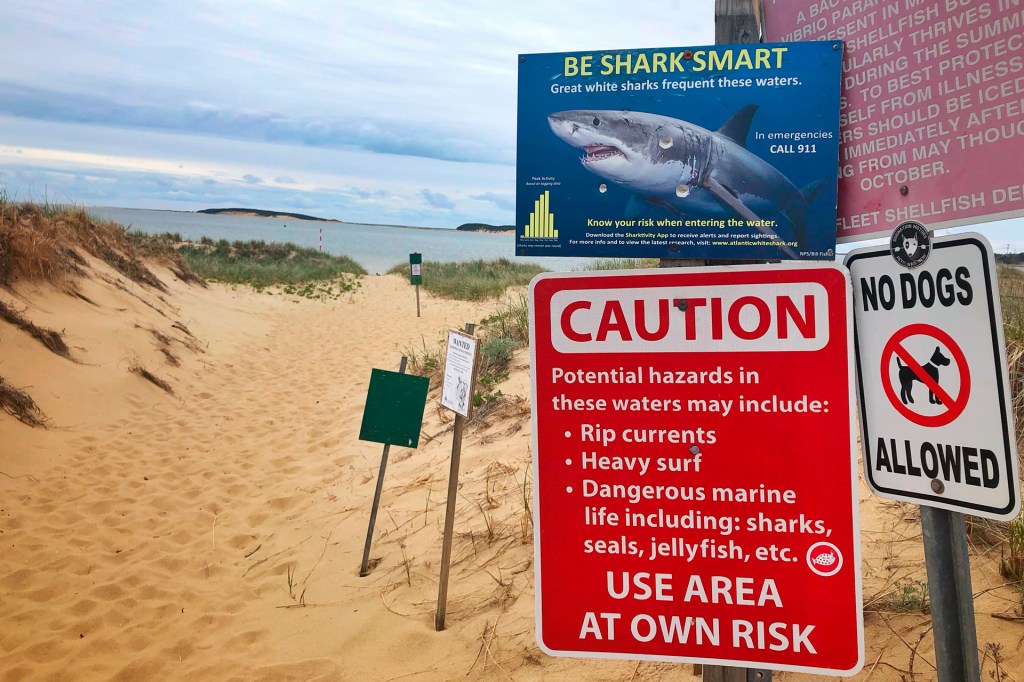
A shark was spotted off the shore of LeCount Hollow beach, in Wellfleet, Massachusetts, on August 8. The sighting was reported to the Sharktivity app. That’s a public-safety tool created by the Atlantic White Shark Conservancy (AWSC).
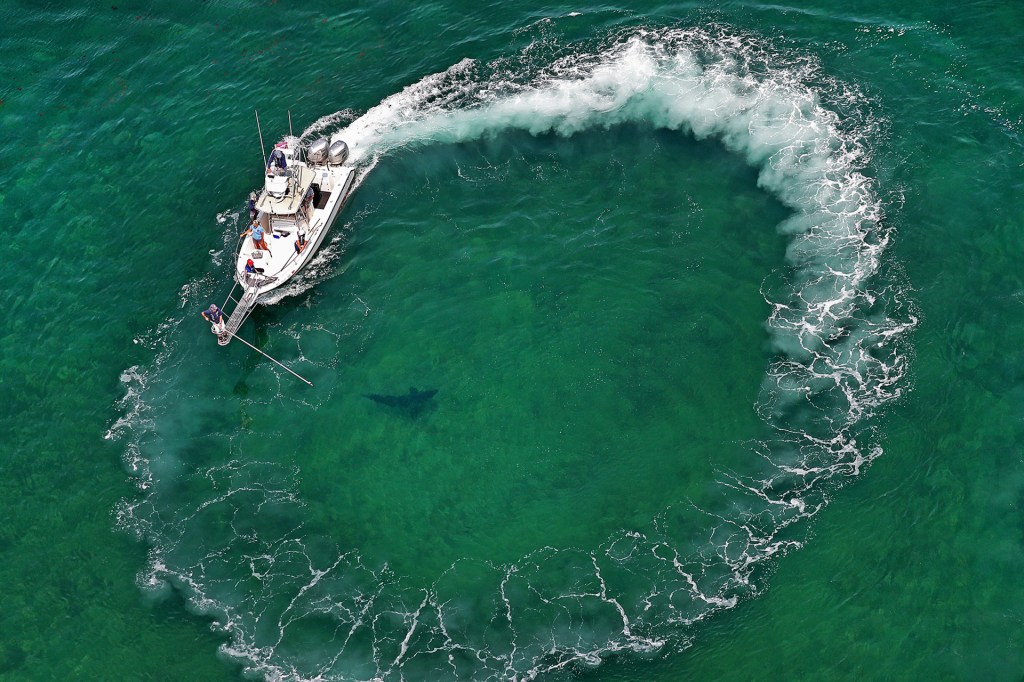
CLOSING IN Workers from the Atlantic White Shark Conservancy circle a shark. They’ll attach a tag to the animal for tracking purposes.
DAVID L. RYAN—THE BOSTON GLOBE/GETTY IMAGESJohn Chisholm is a biologist who studies sharks. He monitors reports made to the Sharktivity app (see “Tracking Sharks”). When he gets an alert, he contacts the person who spotted the shark, for more information. “Hopefully, you have a photo or a video. That makes my job easier,” he told TIME for Kids. “If you don’t, then I have to try to figure out by process of elimination what you saw, based on your description and the location.”
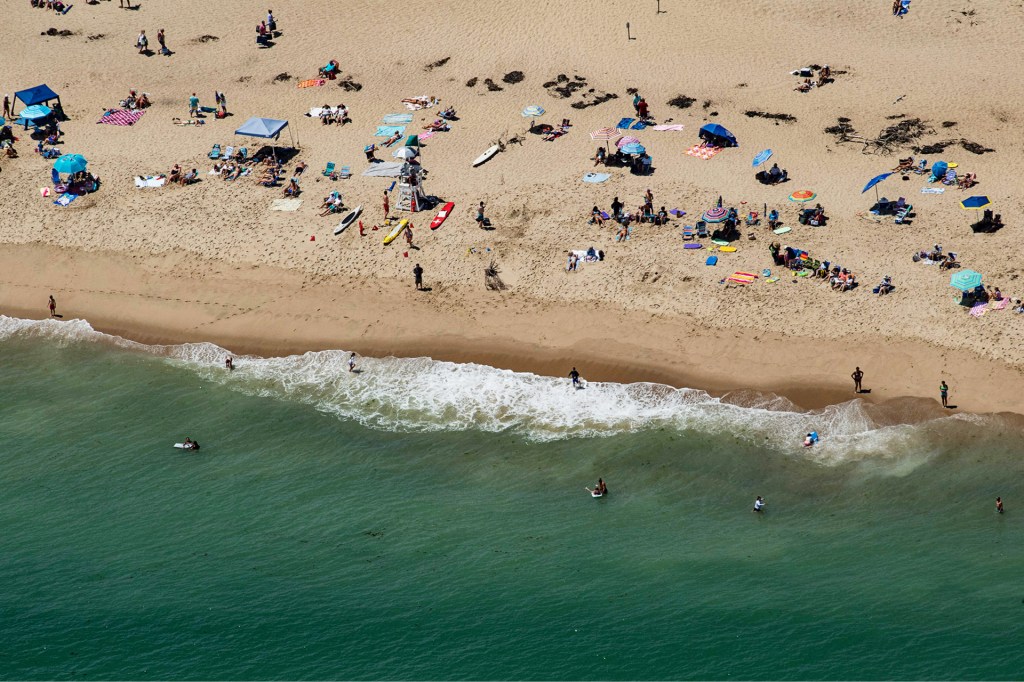
SHARK SMART Boogie boarders can check the Sharktivity app before going into Cape Cod waters. The area is home to many sharks.
JOSEPH PREZIOSO—AFP/GETTY IMAGESSome sightings are false alarms. These reports are discarded. But when Chisholm is able to verify a sighting, it’s labeled as confirmed on the app. “Lifeguards can use that data and close beaches if they have to,” he says. If a shark is very close to shore, the app can immediately alert people. After the August 8 shark sighting, the waters of LeCount Hollow beach were closed to swimmers for about an hour.
On the Rise
Great white sharks move up and down the East Coast. They travel between Florida and Canada. But Cape Cod is a hot spot for sharks. That part of Massachusetts is known for its beaches. In 2021, there were more than 150,000 shark detections in Cape Cod waters.
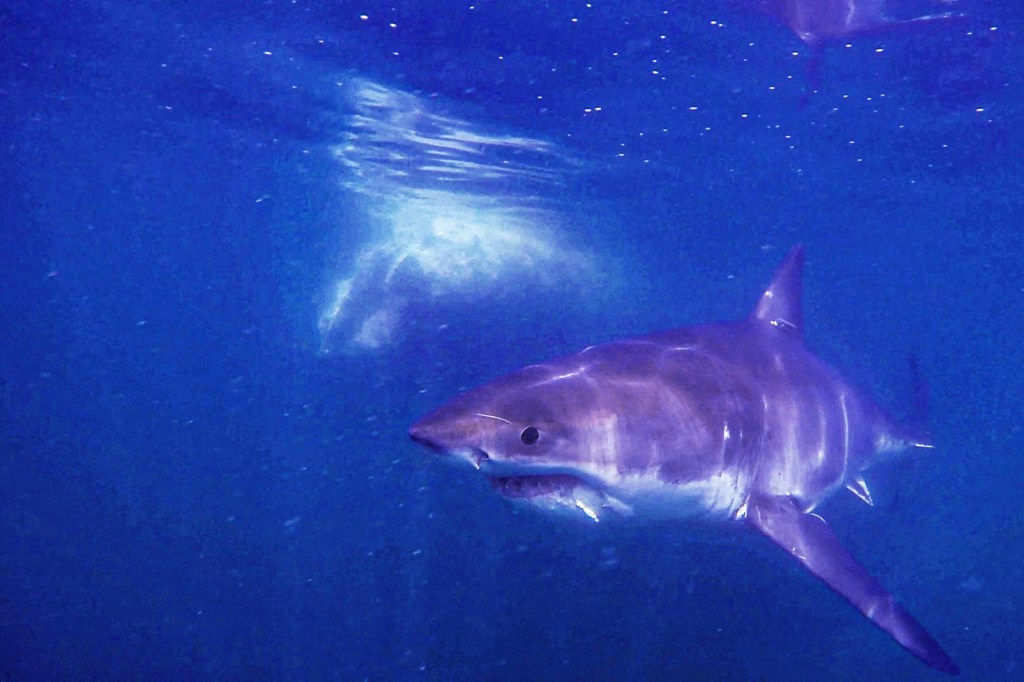
SMILE! Norma is one of more than 200 sharks tracked on the Sharktivity app. Others include Baby Chomp and Mo.
COURTESY THE ATLANTIC WHITE SHARK CONSERVANCY“What we’re seeing is a conservation
conservation
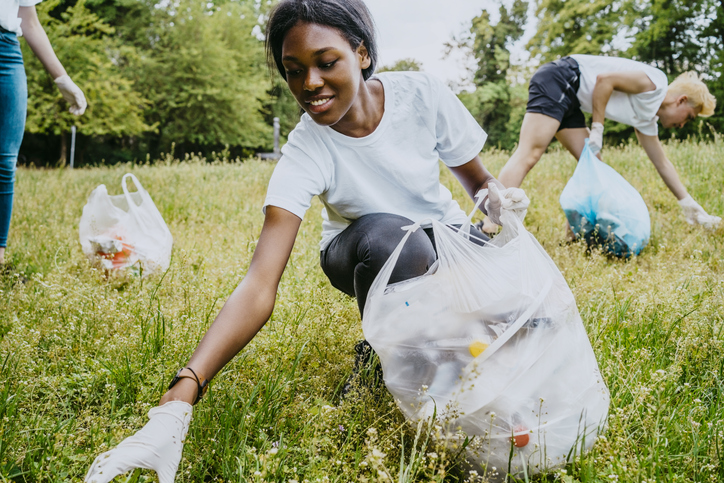 MASKOT—GETTY IMAGES
the preservation and protection of something
(noun)
Conservation is an essential way to help endangered species.
success story,” says Marianne Walsh, AWSC’s education director. Sharks have always been a natural part of the Cape Cod ecosystem. But since the 1970s, their numbers have dropped by more than 70% worldwide. Sharks were getting tangled in fishing nets or hunted as trophies.
MASKOT—GETTY IMAGES
the preservation and protection of something
(noun)
Conservation is an essential way to help endangered species.
success story,” says Marianne Walsh, AWSC’s education director. Sharks have always been a natural part of the Cape Cod ecosystem. But since the 1970s, their numbers have dropped by more than 70% worldwide. Sharks were getting tangled in fishing nets or hunted as trophies.
In 1972, President Richard Nixon signed the Marine Mammal Protection Act. It bans the hunting of seals and other sea mammals. Over time, the number of seals has gone up. Today, there are an estimated 50,000 gray seals around the Massachusetts coast. “Sharks and seals are signs of a healthy ecosystem
ecosystem
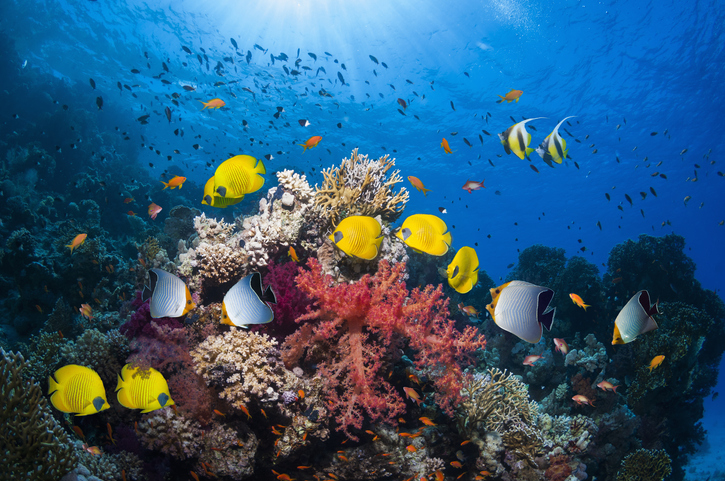 GEORGETTE DOUWMA—GETTY IMAGES
the living and nonliving things that make up an environment and affect one another
(noun)
Every plant and animal is an important part of an area's ecosystem.
, and that’s a good thing,” Lisa Sette, of the Center for Coastal Studies, told the New York Times. Of course, more gray seals means more food for sharks. Seals often swim and gather near the shoreline. That’s one reason great whites are showing up near Cape Cod beaches.
GEORGETTE DOUWMA—GETTY IMAGES
the living and nonliving things that make up an environment and affect one another
(noun)
Every plant and animal is an important part of an area's ecosystem.
, and that’s a good thing,” Lisa Sette, of the Center for Coastal Studies, told the New York Times. Of course, more gray seals means more food for sharks. Seals often swim and gather near the shoreline. That’s one reason great whites are showing up near Cape Cod beaches.
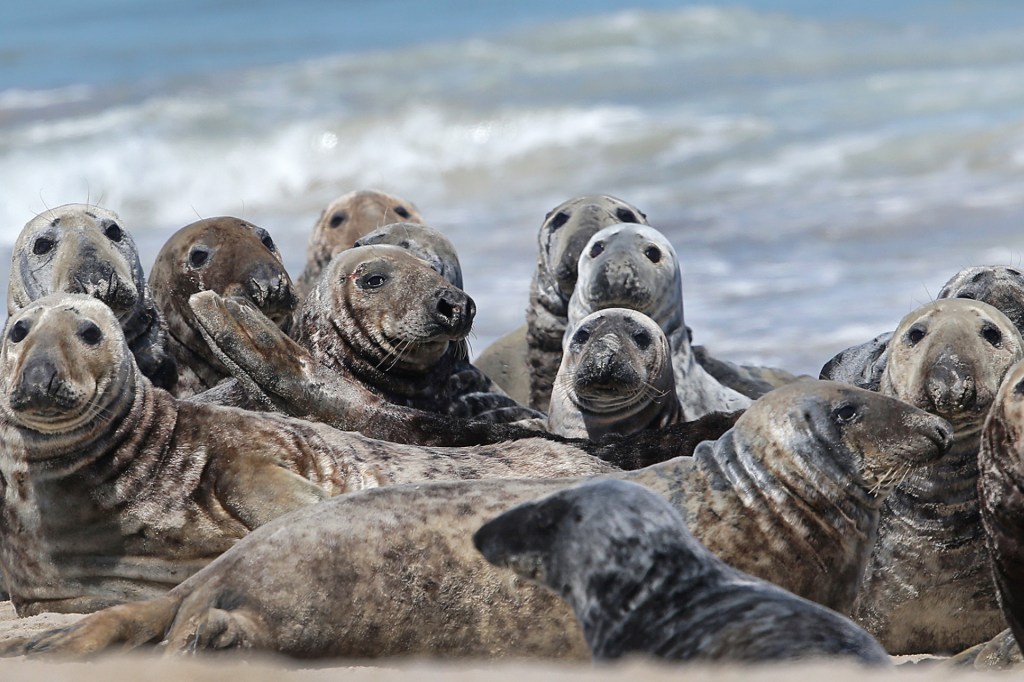
SEAL SQUAD Gray seals gather in large groups around Cape Cod. Their population has grown as a result of environmental protections. Sharks hunt the seals for food.
DAVID L. RYAN—THE BOSTON GLOBE/GETTY IMAGESStaying Safe
Sharks can be dangerous. They might mistake people or objects, like kayaks or surfboards, for food. So the AWSC’s Shark Smart Beach Program takes information directly to the public. It has workers on Cape Cod beaches ready to teach people about shark behavior.
“A big thing for folks to remember, if they’re going to the beach, is that they are going to an environment where there are wild animals,” Walsh says. Preparation is the best way to stay safe. By paying attention to lifeguards, not going out past waist-deep water, and not swimming alone, people can easily coexist with sharks, Chisholm says. “Before you go to the beach, you check the weather, you check the traffic. Check Sharktivity,” too, he adds.
Tracking Sharks
The Sharktivity app shares public-safety information about great white sharks. Orange labels with fins are for unconfirmed shark sightings. Blue labels show confirmed sightings. The app also tracks sharks that scientists have tagged, or marked, with tracking devices. Green icons on this screenshot of the app indicate areas where tagged sharks have been detected by overhead satellites. Tracking helps scientists study shark behavior patterns.
Correction, August 29
The original version of this story misstated a detail about the closure of LeCount Hollow beach. The waters were closed to swimmers, though the beach remained open. This lasted for about an hour, not a few hours.






